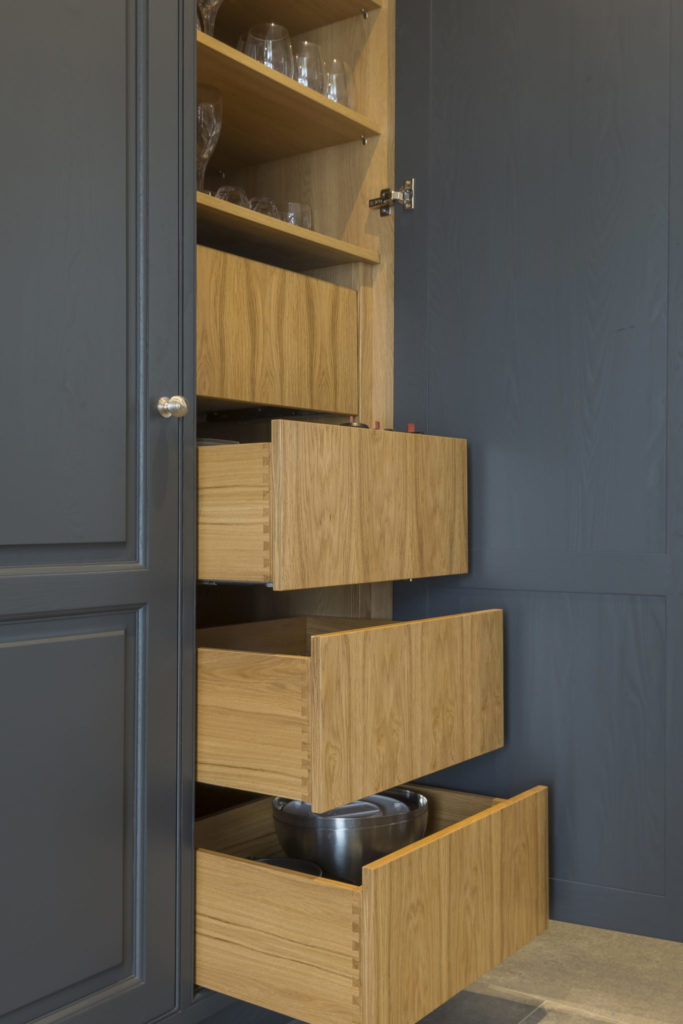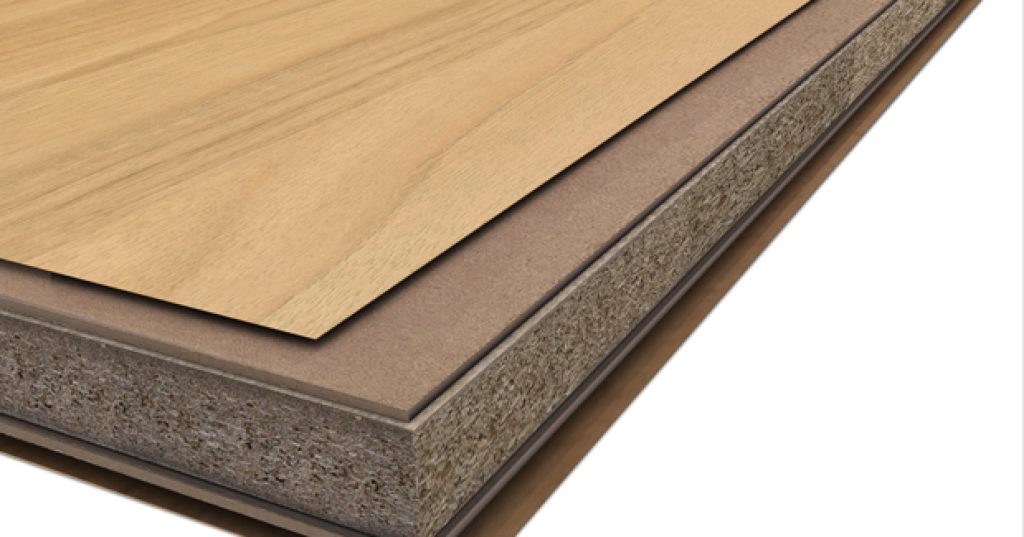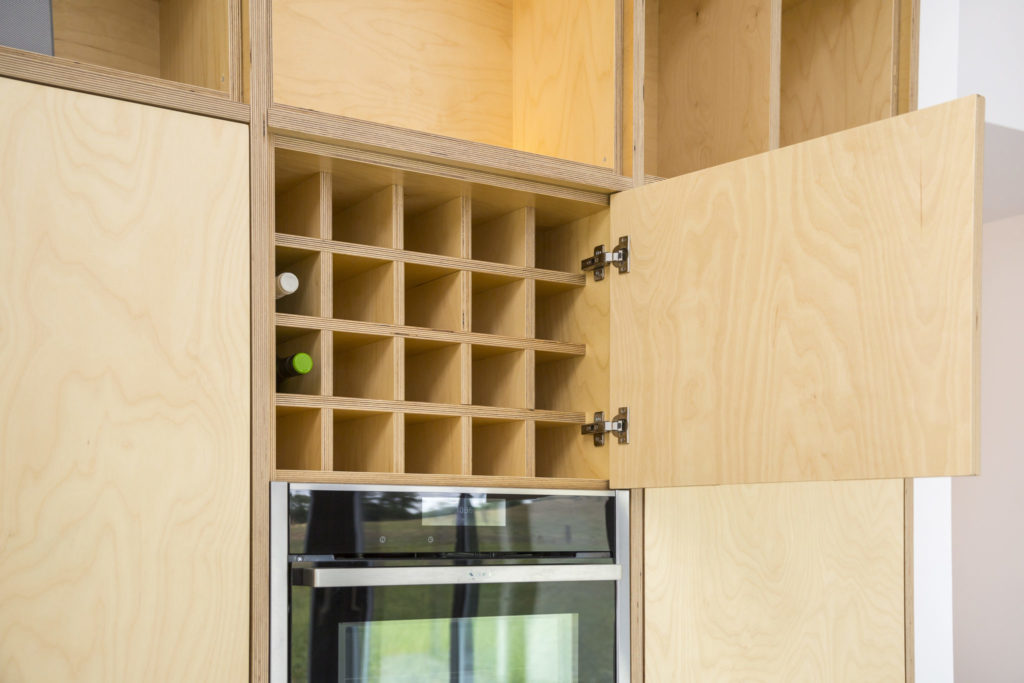Our team of designers, cabinet makers and fitters have been working with cabinets of all sorts for decades. Sometimes we forget how much knowledge is in our heads and how materials and manufacturing methods have advanced since we first started sketching designs. In the showroom, our small design team are often asked about materials used for doors and carcasses, drawers and hinges. Here, we want to share with you some insider knowledge on carcasses and why we make ours the way we do.
A kitchen cabinet is made using a number of materials and components, from carcasses, and doors to legs, handles, hinges and drawer runners. The carcass is the framework of the cabinet itself, onto which doors are hung and drawers are fitted. An inferior carcass will not last and doors and drawers will sag in time. You may only see the carcass when a door or drawer is open, but the importance of quality materials can’t be overestimated.

There are a number of desirable qualities in any kitchen carcass –
- Density – high density materials ensure hinges and drawer runners stay put.
- Stability – a material that warps or twists is not ideal, structural stability is essential.
- Water resistance – almost every carcass is wood based, so keeping water out means a longer life
A low density chipboard coated in melamine is the most basic carcass material. It is more prone to warping in wet conditions but is affordable and light. Below is a full list of materials.
-
MFC – Melamine Faced Chipboard
MFC is a manufactured board that is relatively inexpensive yet strong. It has a reputation for being cheap and inferior, but modern manufacturing methods mean it is strong and durable, often a good choice for carcasses, particularly when the cost is an issue. The chipboard core is made from wood waste, paper and sawdust which is coated in a melamine finish. This melamine finish is water-resistant and easy to clean though does have an ‘orange peel’ texture which some find unattractive. Our German suppliers use a very high-quality MFC which has superior structural integrity and avoids the orange peel texture seen in cheaper materials.
-
MDF – Medium Density Fibreboard
MDF is made from wood waste and has the advantage of being much smoother than the chipboard in MFC. It is easy to work with and gives a very smooth finish. MDF is also excellent in environments that may be damp as it is more resistant to moisture than MFC. MDF is often faced with a laminate or real wood veneer (or very thin skin of real wood) which offers a rich, beautiful finish that is structurally stable given the density of the MDF. MDF carcasses can be heavy so it’s unusual for an entire kitchen to be built using MDF carcasses.
-
Superpan
Superpan boards consist of two external MDF faces with a chipboard core, coated with a decorative film that comes in a huge range of colours and designs, including wood effect melamine. The MDF face means that the surface is smooth, with no orange peel texture. MDF also provides superior structural integrity without the weight of solid MDF. We use Superpan for almost every carcass we make in our workshop and while it is more expensive than MFC we believe it’s worth it.

Superpan sheet material
-
Plywood
Plywood is a premium material, made from layers of hardwood and usually faced with birch, oak or coloured melamine or laminate. Plywood is incredibly stable and many consider it to be very beautiful. In an in-frame kitchen, a birch ply carcass is a perfect solution. We are known for our birch ply kitchens and it is a material we love to work with. We will often use plywood for both doors, drawers and carcasses, but it is not essential to use plywood for everything. Depending on brief and budget, we sometimes use a Superpan carcass with a plywood door & frame, which creates the desired aesthetic while also being cost effective.

-
Solid Wood
Solid wood is not a practical choice for kitchen carcasses at all. It does not maintain its shape and can warp & twist over time. This causes problems with functioning hinges & drawers and often means water has an easier time damaging your beautiful kitchen.
Whatever you have in mind for your project, talk to our design team. We have decades of experience and while we have our favourite, tried and tested materials, we believe a successful design is one where the client is happy. So if you have something in mind that might be a little bit unusual, we’d love to discuss it with you.
